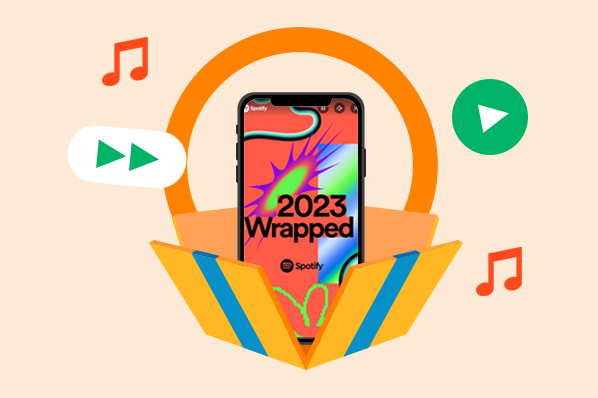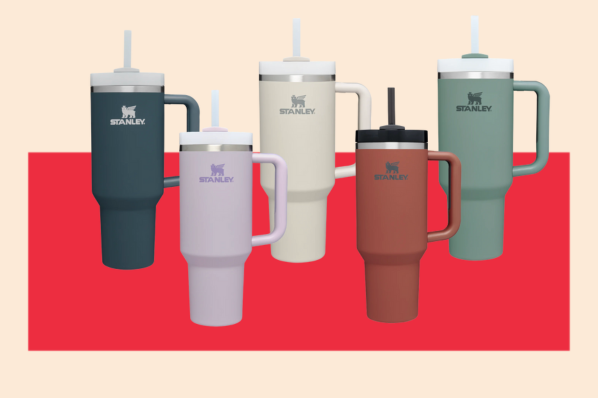Welcome to HubSpot Marketing News! Tap in for campaign deep dives, the latest marketing industry news, and tried-and-true insights from HubSpot’s media team.

Newer isn’t always better. At least that was the consensus among New Yorkers after the Partnership for New York rolled out its new logo for New York City last month.
The “We ❤️ NYC” mark debuted in late March and was intended to be a modern update of Milton Glaser’s iconic “I ❤️ NY” logo. The imagery coincides with a new campaign aiming to diffuse the “divisiveness and negativity” stemming from the COVID-19 pandemic.
Notable changes to the logo include:
- Changing the “I” to “We”
- Updating the heart so it appears more like a heart emoji
- Replacing the typewriter-style font with a variation of Helvetica to match New York subway signage
- Adding the “C” at the end of “NY” so the logo refers specifically to New York City
While the new logo was intended to bring people together, unfortunately, it has succeeded in helping people bond over how much they dislike it. This tweet asking folks to share what they think of the new logo has racked up over 2,200 responses that are overwhelmingly negative.
What went wrong with NYC’s new logo?
For starters, “I ❤️ NY” is a tough act to follow.
The original logo designed by Glaser was introduced in 1977 to reinvigorate tourism and morale in New York after a long economic and social slump. Over four decades, it became a beloved image and catchphrase for both the city and state of New York.
I think the city that currently owns the most iconic branding in the entire world should not rebrand.
— Allana Harkin (@AllanaHarkin) March 20, 2023
Much of the criticism of the new logo is directed at the design itself. Many people have questioned the lack of symmetry (We NYC ❤️?), the emoji-esque heart, and the font choice (Helvetica is very widely used).
These elements make the design look unprofessional and unoriginal which feels off-brand for a city known for being a hub of creativity and rich culture, ultimately causing the attempted rebrand to fall flat.
Elsewhere in Marketing
The latest marketing news and strategy insights.
Deepfakes: The use of AI is causing a rise in realistic-looking fake images. Learn what that means for marketers.
TikTok Ban: Pew Research conducted a study to see how Americans felt about the possibility of a TikTok ban and the results may (or may not) surprise you.
YouTube reports that fan-created Shorts can help some creators and artists double their audiences.
Reel-y? How photos are making a comeback on Instagram.
ChatGPT may be banned in Italy due to privacy and safety concerns.
Twitter continues to face roadblocks in recovering advertising revenue since its sale last year.
Biggest consumer behavior shifts: how consumer habits are changing in 2023.

![Free Kit: How to Build a Brand [Download Now]](https://no-cache.hubspot.com/cta/default/53/814dd420-0d49-40e0-b59c-f01066e186c1.png)

![Bluesky is Now Open to the Public. Should your business be there? [Expert Interview]](https://www.hubspot.com/hubfs/bluesky-is-open-to-the-public.png)








